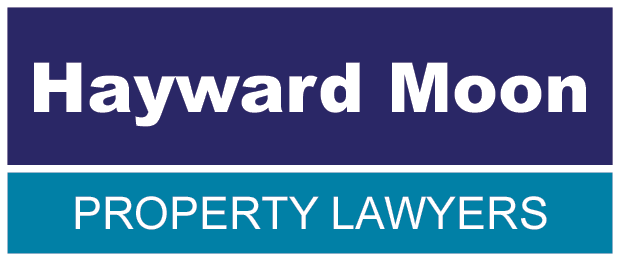If you’re thinking of extending your home, its important to make sure you have dotted every ‘i’ and crossed every ‘t’ to ensure you don’t fall foul of planning pitfalls. One such detail you need to be aware of is a Build Over Agreement (BOA) – without this, your build may not be allowed to go ahead.
A Build Over Agreement is a legal requirement between you and the water company that supplies your property, that guarantees your work will not negatively affect a public sewer located underneath or near (within 3 metres of) your build. It also ensures that the water company will still have access to the sewer as and when repair and maintenance work is required.
So when thinking about extending, it’s worth checking with your water company whether a BOA is required. Ensuring you have one may even be contained as a covenant in the deeds of newly built properties.
Sewer surveys
A drainage survey is a sensible precaution to ensure that the extra weight of your new extension does not cause the sewer to collapse resulting in structural damage to your home, blocking foul drainage for other properties and turning your garden into a cesspool. And while it’s tempting to begin building the extension without obtaining the agreement first - particularly if the foundations only encroach a few centimetres within three metres of the sewer - if the water company becomes aware of this violation, they could force you to stop work or even take down any building erected over the public sewer.
Also, without the approval documents from the water company, Building Control will not sign off a completion certificate which you will need when you sell or remortgage the property.
Before applying for a BOA it is worth considering whether your build can avoid the sewer altogether, through a modification of the plans or by diverting the sewer itself.
Applying for a BOA
After considering the alternatives, if you believe the only option is to apply to the water company for a BOA, then you should begin an application. To do so, you will need to complete an application form and pay the appropriate fee (approximately £300 depending on the diameter of the sewer).
You will also need to submit a plan showing the existing house and drainage layout, a plan showing your proposed extension and drainage layout, a site location plan and a cross section drawing. Applications for a BOA are normally processed within three weeks, and once issued you can start work immediately. Delays are normally down to applications being submitted with missing drawings or information.
Once you’ve been given a BOA by the water company, building control will make periodic site inspections during construction, keeping an eye on the drainage provision.
Seeking professional help
When you purchase a property your conveyancer will check the water and drainage search reports and plans to see the location of any sewers or drains. If any part of the building appears to be within three metres of a sewer or drain, they will investigate further and ensure that an agreement was provided by the water company. If a BOA is referred to in the water and drainage search, they will help you to obtain a copy of it.
Conveyancers can also help you seek retrospective consent from the sewerage company or take out an indemnity policy to protect you against any financial loss which may have been incurred as a result of the property (or part of the property) being built over a public sewer without a BOA.



